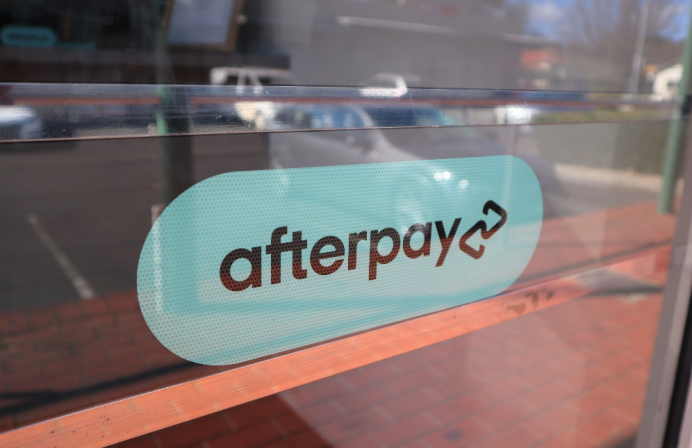
The buy now, pay later (BNPL) sector is set to be regulated under the National Consumer Credit Protection Act 2009 (or Credit Act), with Financial Services Minister Stephen Jones announcing the proposed regulatory changes earlier today.
Speaking at the Responsible Lending and Borrowing Conference, Jones revealed that BNPL services would soon be regulated as a credit product, with providers now required to hold an Australian Credit Licence, or be a representative of a licensee. This would require from BNPL product providers minimum standards of conduct, consumer hardship provisions and fee caps.
Jones, as part of his speech, said BNPL products were posing “growing dangers to consumers, which up until now have been largely unregulated and unchecked”.
“The plan will protect people from the spirals of harm that unregulated, unrestricted lending can cause,” he said.
The Government opted for the second of three proposed regulatory options for the sector – effectively a middle ground that would subject BNPL services to limited regulation under the Credit Act – that were consulted on last November.
Under the proposed regulations, BNPL providers would need to meet new Responsible Lending Obligations to determine consumers’ suitability for BNPL products, with Jones also flagging changes to strengthen the existing BNPL Industry Code.
BNPL products are currently not subject to mandatory responsible lending standards or other requirements of the Credit Act.
“This unintended regulatory gap”, the Government said in its consultation paper, “creates the potential for consumer harm due to the absence of key protections”.
The consultation put forward two other regulatory options – Option 1: that BNPL services remain largely self-regulated, the weakest of the three proposed options; Option 3: that these services regulated entirely under the Credit Act, and thus be subjected to the same laws as credit card providers, the strongest.
Westpac and ANZ were among the big banks urging for the adoption of Option 3. As a result, BNPL providers would have had to make reasonable inquiries into a consumer’s financial situation and take steps to verify the information. ANZ said this would also have provided consistency in the regulation of BNPLs with other credit providers “that present similar functionality and risk”.
Discussing the proposed changes in February, Westpac managing director of consumer finance, Steve Rubenstein, said the bank’s position was “to consider BNPL as a form of credit”, therefore making it “subject to the same standards as other forms of credit”.
CBA and NAB, on the other hand, recommended Option 2 be pursued.
Market-leading BNPL provider Afterpay, unsurprisingly, pushed for Option 1 – self-regulation – and “parts of Option 2”. It argued that “many of the issues raised in the Options Paper are largely addressed by the existing regulatory frameworks” and within the non-mandatory BNPL Code of Practice. These include hardship and complaints handling, fees and charges, advertising and marketing practices, as well as scams and fraud.
According to the RBA Payments System Board data, as of the 2021-22 financial year, there are approximately seven million active BNPL accounts and $16 billion in transactions, an increase of approximately 37 per cent on the previous financial year.
According to NAB research, approximately one in five Australians use a BNPL product, with many holding multiple accounts across various providers, and 1 in 20 holding four or more.
“We must ensure that they operate honestly, efficiently, and fairly, in line with other regulated credit products,” Jones said.
He added: “BNPLs have a legitimate role to play in our financial system, but we need to make sure that we are managing the harm and managing the risks which often fall disproportionately on the people who are already the most vulnerable.”
Further details on the Government’s BNPL policy are set to be developed over the coming months, Jones confirmed, with an exposure draft legislation out for consultation later this year and the Bill to be introduced to Parliament by the end of the year.





